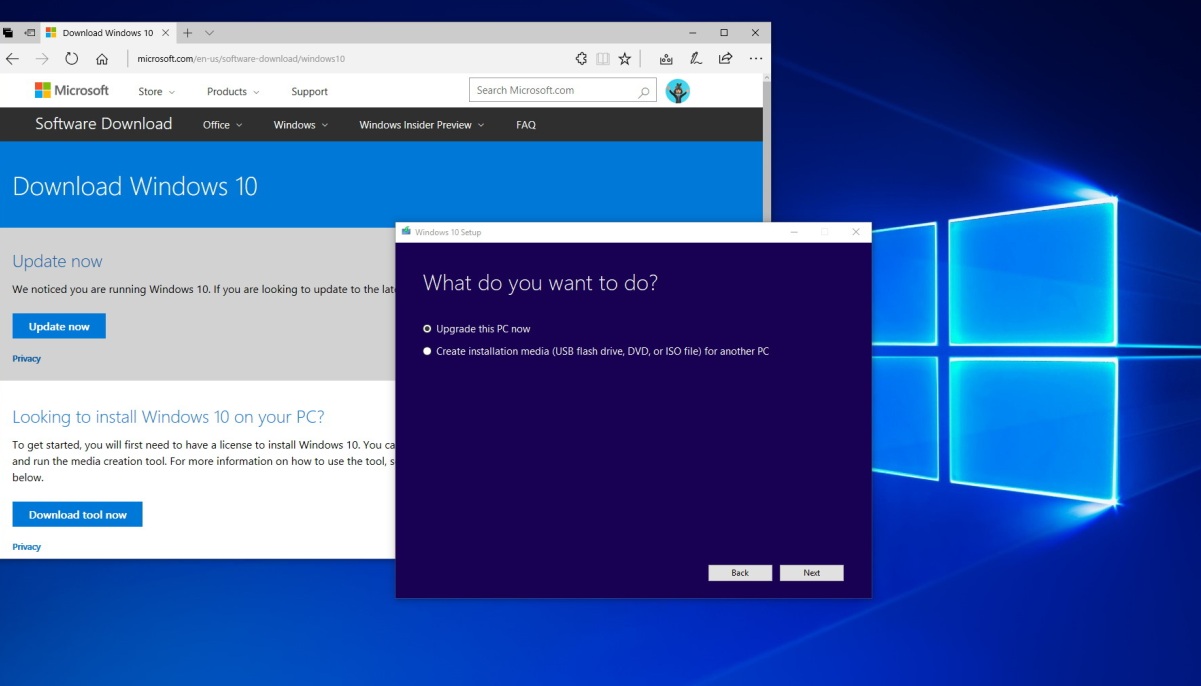

- #Win 10 media meta how to#
- #Win 10 media meta windows 10#
- #Win 10 media meta download#
- #Win 10 media meta free#
I found that you have to have the Album Artist, not just Artist, field populated for a good match. When you right click on the Album Art, you can choose a picture or have it find a match. You can right click on an album in Music Bee and choose Edit. But if a music player does not read that, then you get no album art. In a lot of the music I download, the art is already embedded. If the music lives in different folders, I may not have noticed the dupe at the folder level.Īnother thing you can do with a player is grab album art. I can open an album and see duplicate copies. One benefit of using a music player is that you can see metadata issues visually. Something simple like this can collapse a multi-disc set into a single group in a player. You can do this in the file properties too (look for Part of Set and add 1/1 or 1/2 or 2/3 or 3/3 or whatever) but it’s handy to have this in-player. For example, say you have a 2 disc set (often titled by the music publisher as Title Disc 1 and Title Disc 2, not just Title), it is easy to denote that they are related as discs. It is also an easy way to fix small things with metadata.
#Win 10 media meta free#
Someone put me onto the free Music Bee player (also in Windows Store), which does a great job of helping with album art and tagging. There are some nice tools out there, though. So one of the things I started to do was to choose (artist) and then winnow down the other folders to true up the rest. That is what we had but the folders were not consistent (artist, creator, composer, whatever).
#Win 10 media meta download#
When you rip or download music, you tend to start in a folder-ized world. And the need to organize for retrieval outside a music player. The ease of dumping all music into a single folder and ignoring foldering in lieu of metadata.

Who is most important? Composer? Conductor? What about “my greatest song featuring Lil’ Me” or a violin soloist on a larger recording? Or else your “various artists” grouping expands. Are folders by performer? That works with some genres (pop) better than others (classical). At the other, a person who puts things in folders and worries about both the filename (invisible to the music player) and the metadata (which is visible).Īny foldering system immediately creates decision points. The music is retrieved and played using playlists – album or original container agnostic. At one end of the spectrum, a person who puts all of the music files into a single folder.

This led to some interesting discussions with our kids, who are very into music and have opinions about its storage. I sometimes get this when I accidentally select an album cover (.jpg) with music (.mp3). Selecting multiple files and entering properties only shows you the common fields. If you don’t see options for artists, title, album name, etc., you may have a mixture of file types. Now you can change the fields (like Album name) that apply to all the files. Right click, choose properties, and select the Details tab. Drop into a folder of MP3s – this will not work with all sound files – and select an albums-worth to edit their metadata. You can actually do a lot of metadata management at the file level. So to start, I did a bit of the work by hand. But if you right click on an album in Windows Media Player, the resulting search was not always able to find a match.
#Win 10 media meta how to#
It reappeared after a bit (or I learned how to resurface it) which was handy.

#Win 10 media meta windows 10#
When Windows 10 came out, Windows Media Player disappeared for a bit in favor of Groove. Here are some of the tools I’ve been using to get things straightened out. Even when it comes from a ripped disc, you get the sense that music publishers aren’t spending a lot of time on metadata. One thing you notice after accessing enough media: the metadata isn’t always great. I have been working on a side project: clean up years-worth of accumulated digital music.


 0 kommentar(er)
0 kommentar(er)
